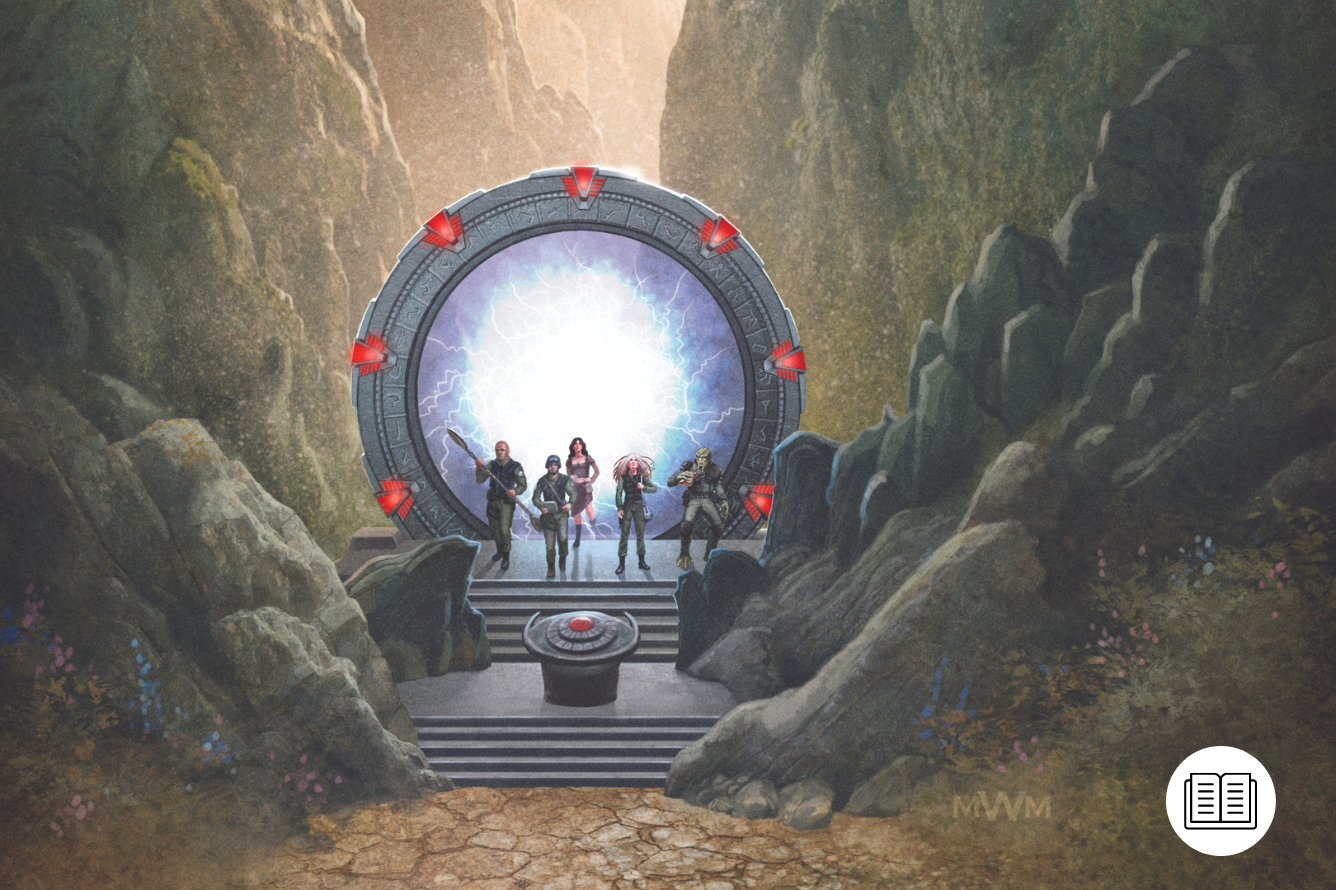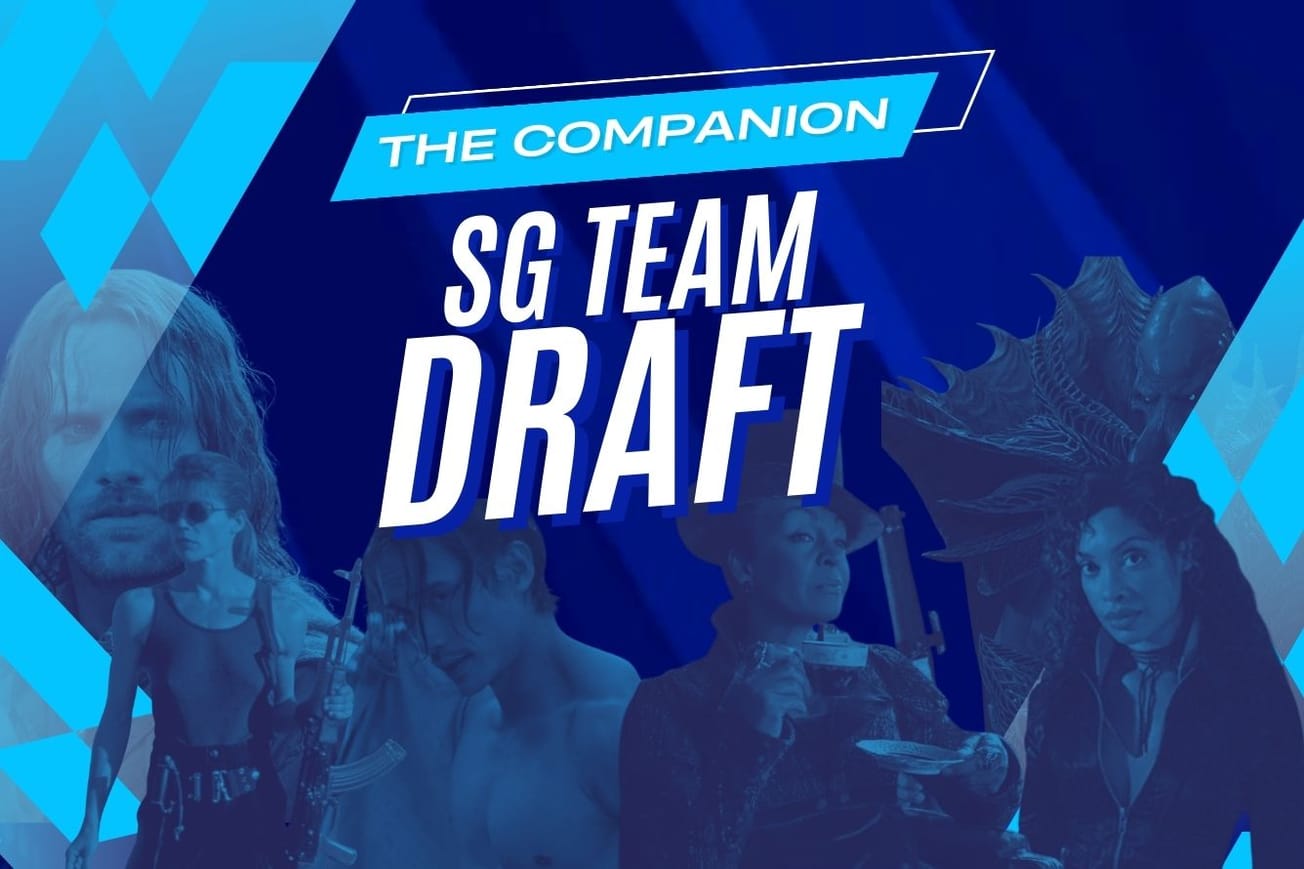Wyvern Gaming’s Brad Ellis is no stranger to games design or crowdfunding. His company has produced five tabletop/card/deckbuilding games and all five were successfully funded on Kickstarter. What was new, however, was working with a major film/TV studio. Then a global pandemic, that was new as well. To make things even more complex, the game was the Stargate SG-1 Roleplaying Game and the major film/TV studio was MGM, which was swallowed up by Amazon over summer 2021.
Luckily, Ellis tells us over Zoom from his home in Tennessee, MGM had already introduced Wyvern to the most demanding of Stargate custodians: the fans, including Dial the Gate host and fandom figurehead David Read.
“They hooked us up with them as kind of consultants,” he explains. “They basically told us, if we could satisfy them, then we’re good until we start getting to approvals. We were having weekly meetings with MGM folks [where] we would bounce off the ideas that we had off of the fans. But before we could move forward, we would have to run it by MGM, and they would give us the okay, or nix it.”
An example of the process in action, as well as the respect to the source shown by everyone involved, led to the creation of an entirely new alien race that calls back to one of the most elusive of the Great Races, the Furli- the Nox. It’s the Nox.
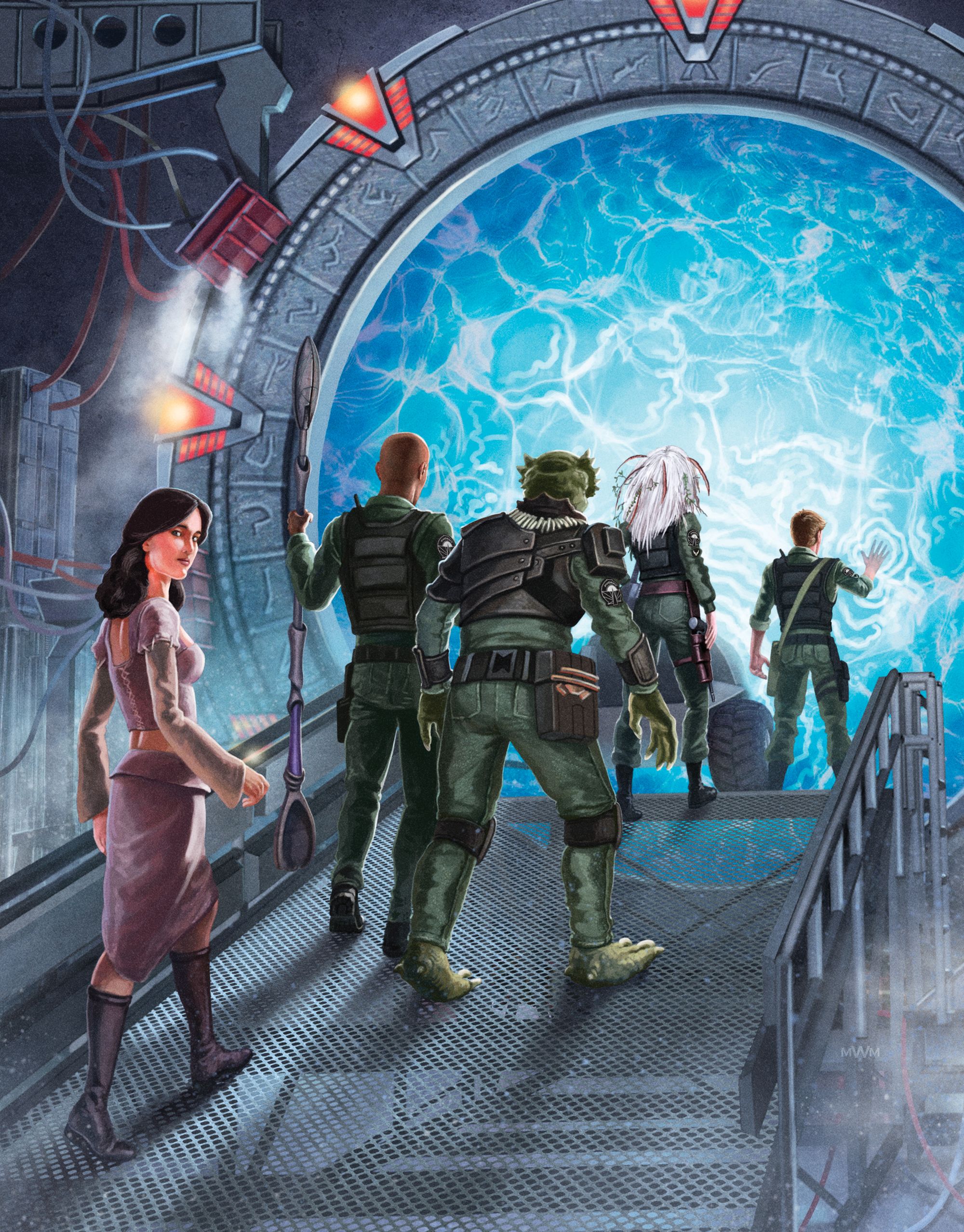
“When we were coming up with the playable races –you know, which ones you can become as part of creating a character – we knew we wanted a nature-type character. The one that came to mind immediately, when we were building it up was the Nox, which we know in the show is one of the five Great Races and they’re super powerful. Some say that they’re probably the most powerful, disappear and all kinds of stuff, raise people from the dead.
“So anyway, we originally pitched that we wanted to have the Nox as a playable race. And MGM came back and said, ‘No, that would be that would be a step too far’.”
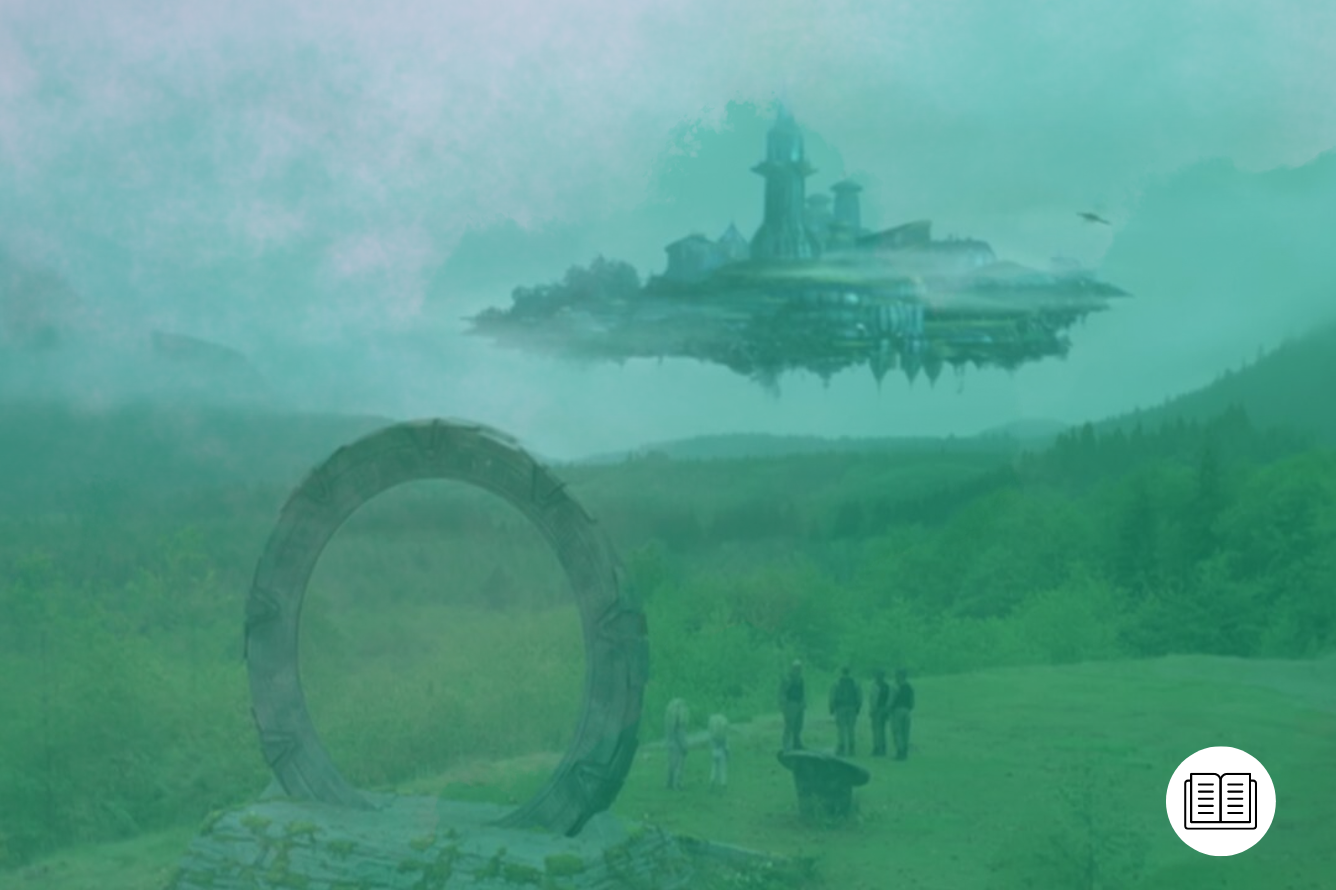
The solution was the Aturan. They still have twigs in their hair and healing powers, but they’re not above slumming it with the Tau’ri, and they’re certainly not demystifying one of the show’s most enigmatic cultures.
“So that’s, that’s when we came up with the concept of the Aturan,” says Ellis. “So there’s, there’s a whole backstory in the core rulebook about how [the Nox] took them under their wing, so to speak, and kind of taught them their ways. But the young don’t necessarily follow the Nox way exactly, so they’re there. They are imperfect, so you get character flaws that you can build off of with that race as well.”
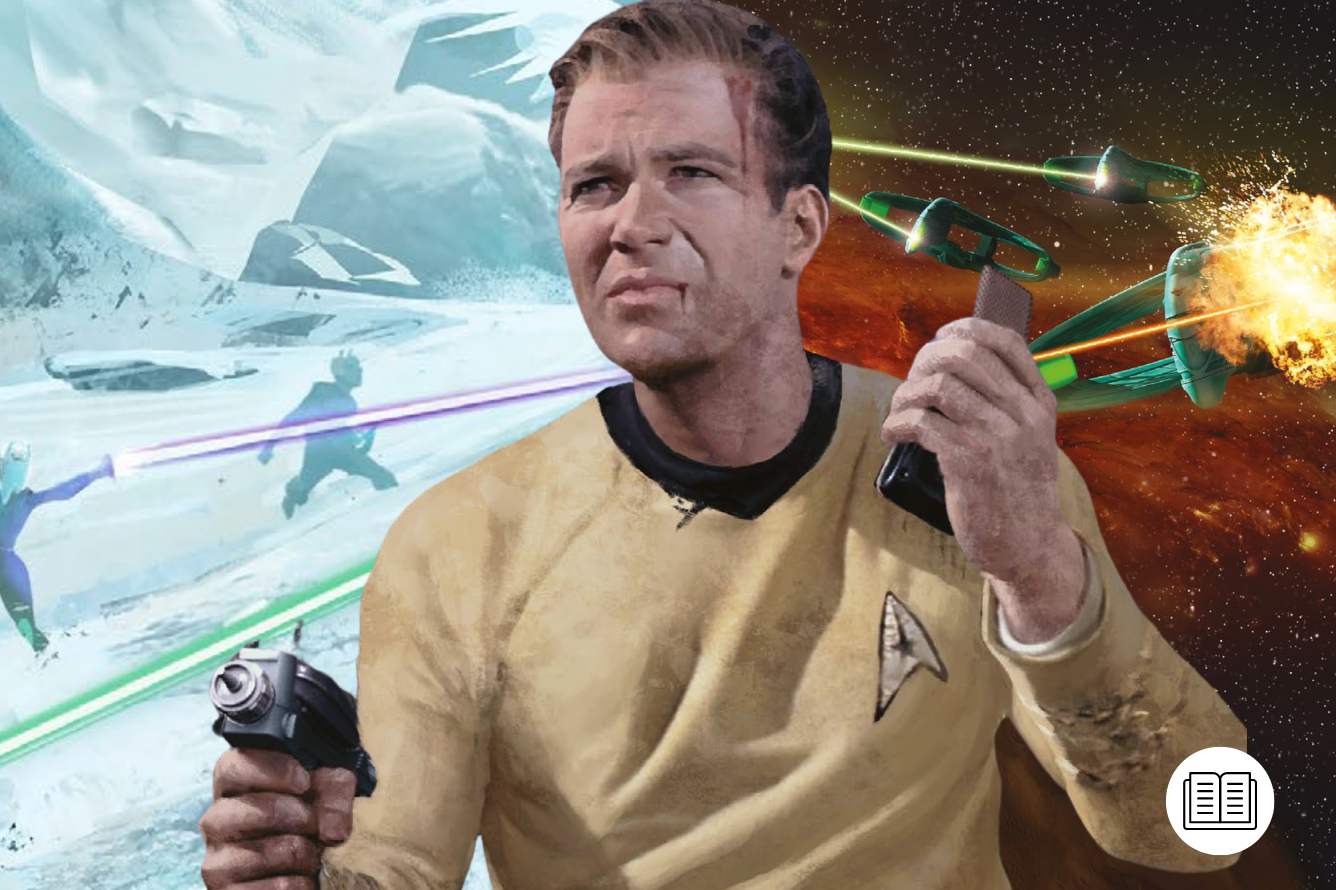
The Birth of the Pheonix Site Setting
The Stargate SG-1 Roleplaying Game uses Dungeons & Dragons 5th Edition for its basic mechanics. Other systems are available under the Open Gaming License (OGL), but for ease of use and its ubiquity – basically, if you have four geek friends, one is bound to own the Player’s Handbook and a set of dice – it’s the only show in town.
But there are challenges, especially for a science fiction setting. Fortunately, some of the fixes are relatively simple. The class system (Fighter, Rogue, Bard, etc in D&D), doesn’t really reflect the reality of the show where, say, Samantha Carter can be a scientist, pilot, soldier, and empath, so characters in this game only have a class up to Level 5, representing a team fresh out of boot camp with a sole focus.
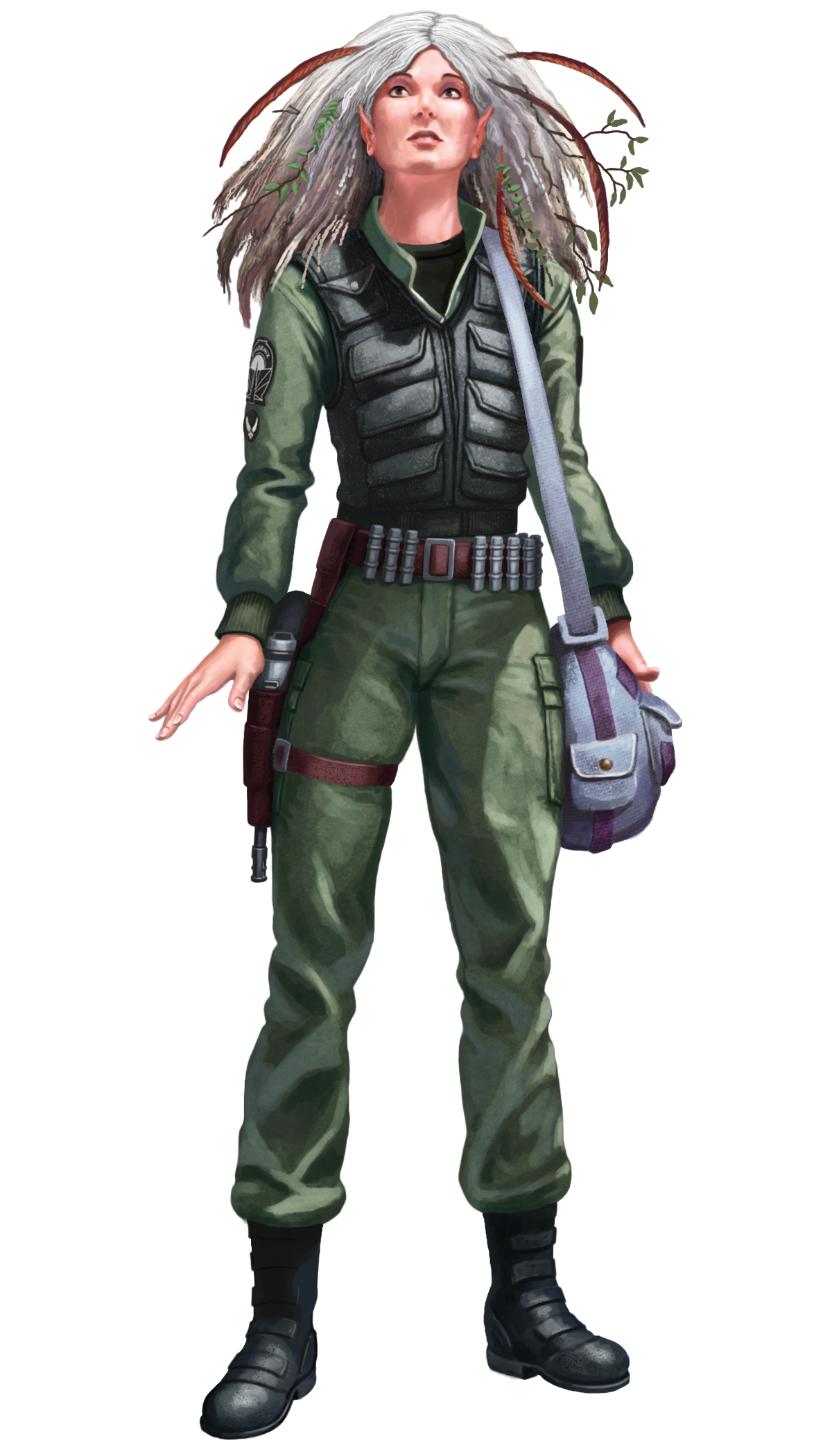
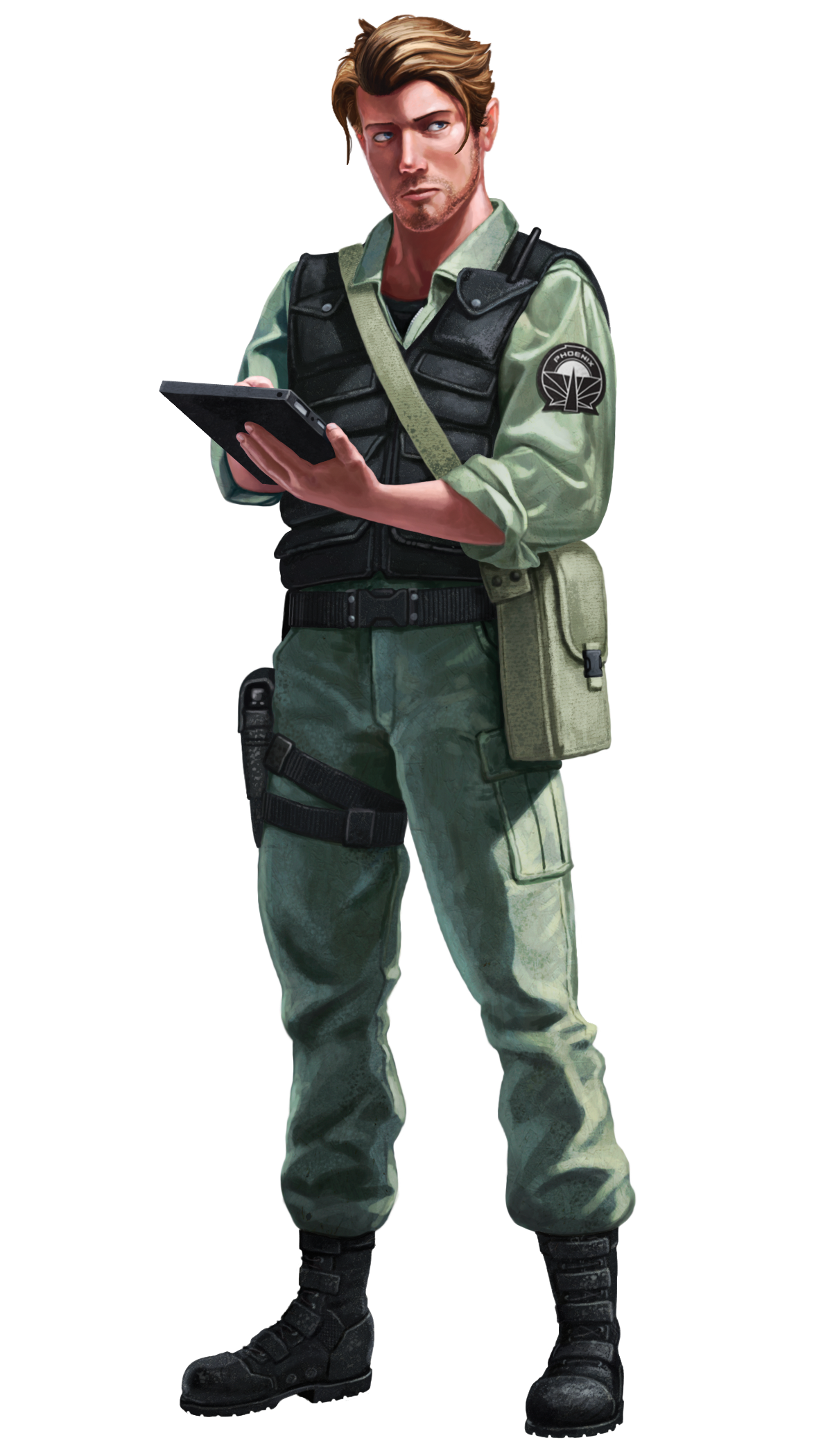
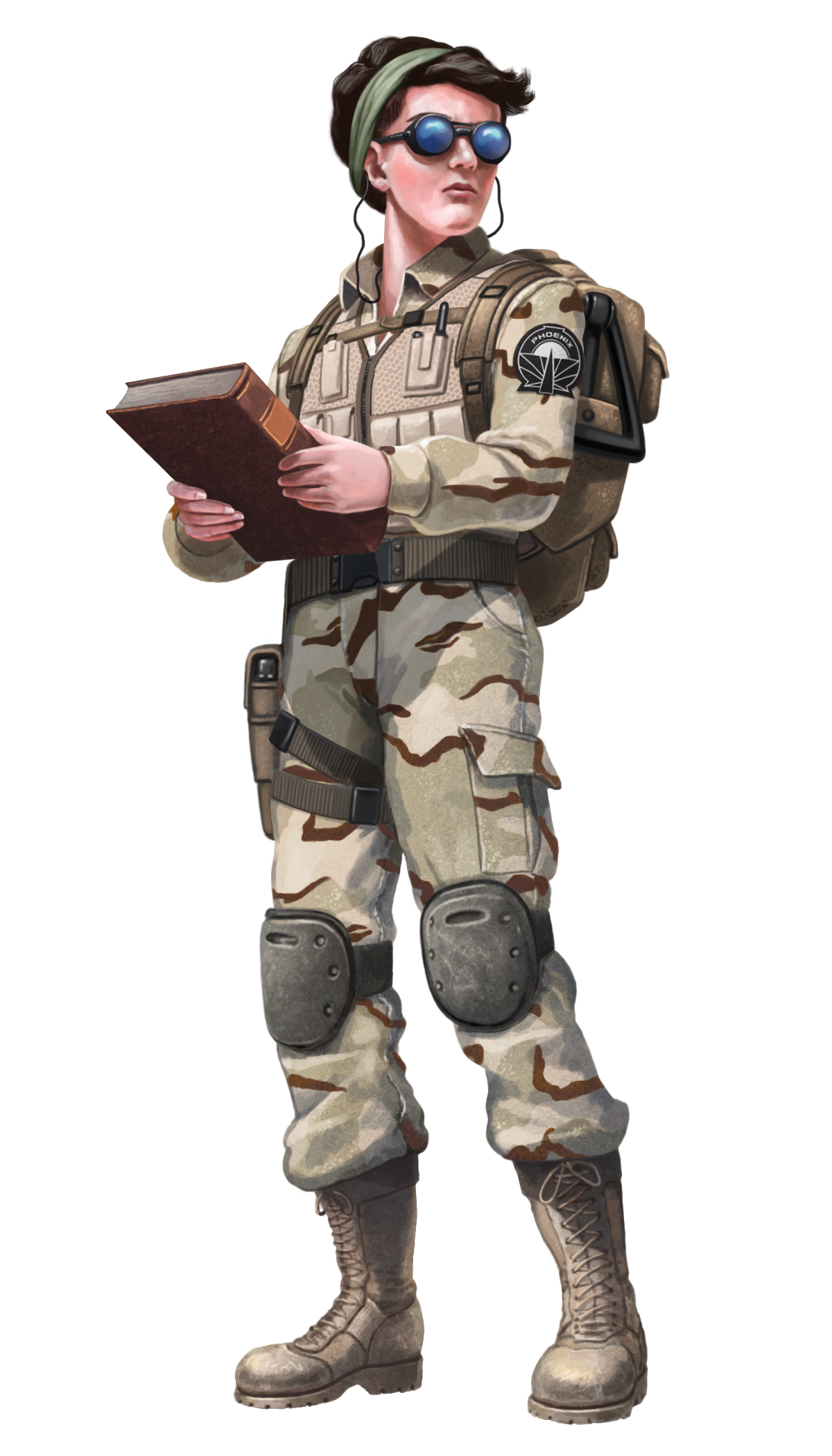
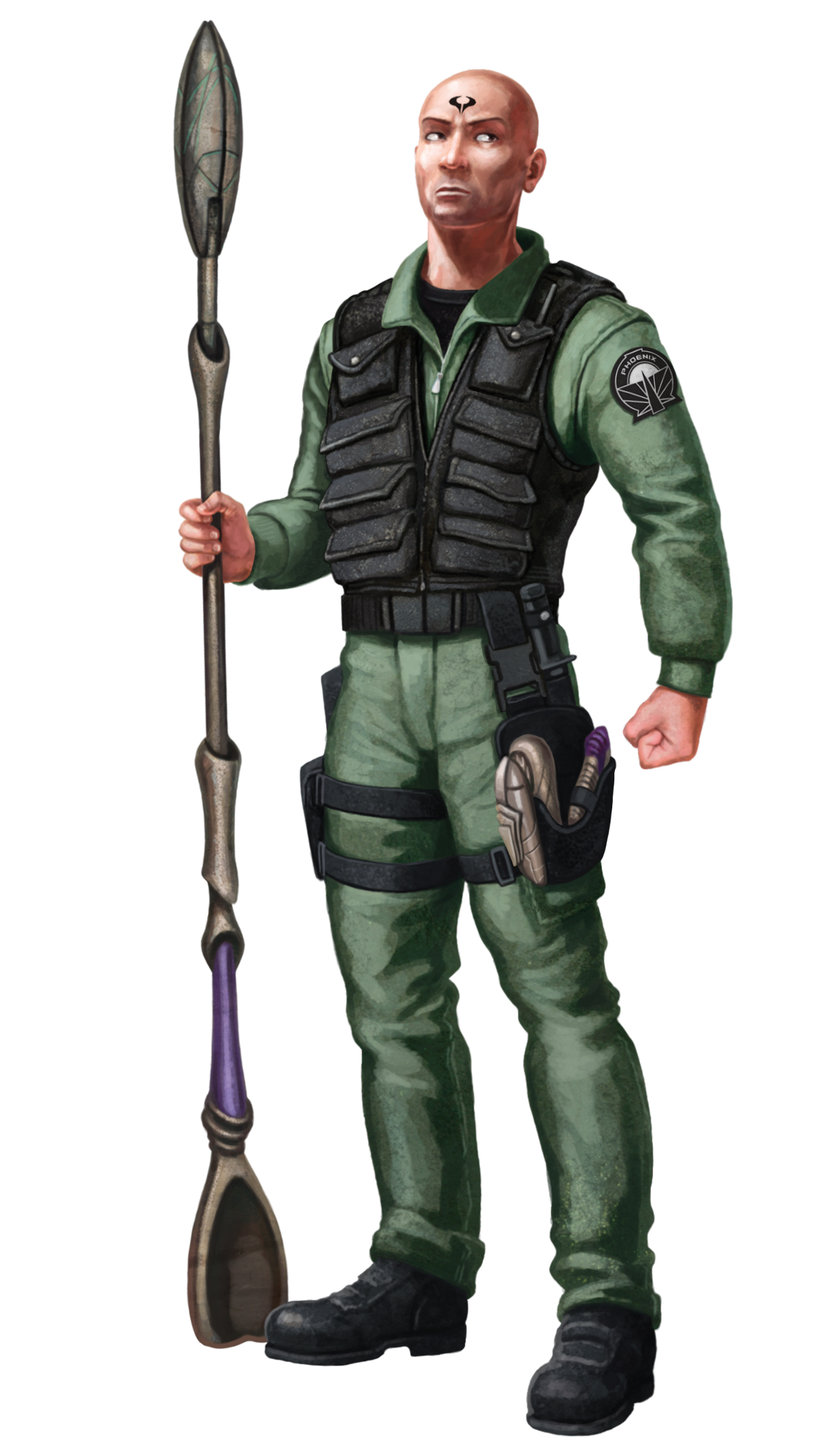
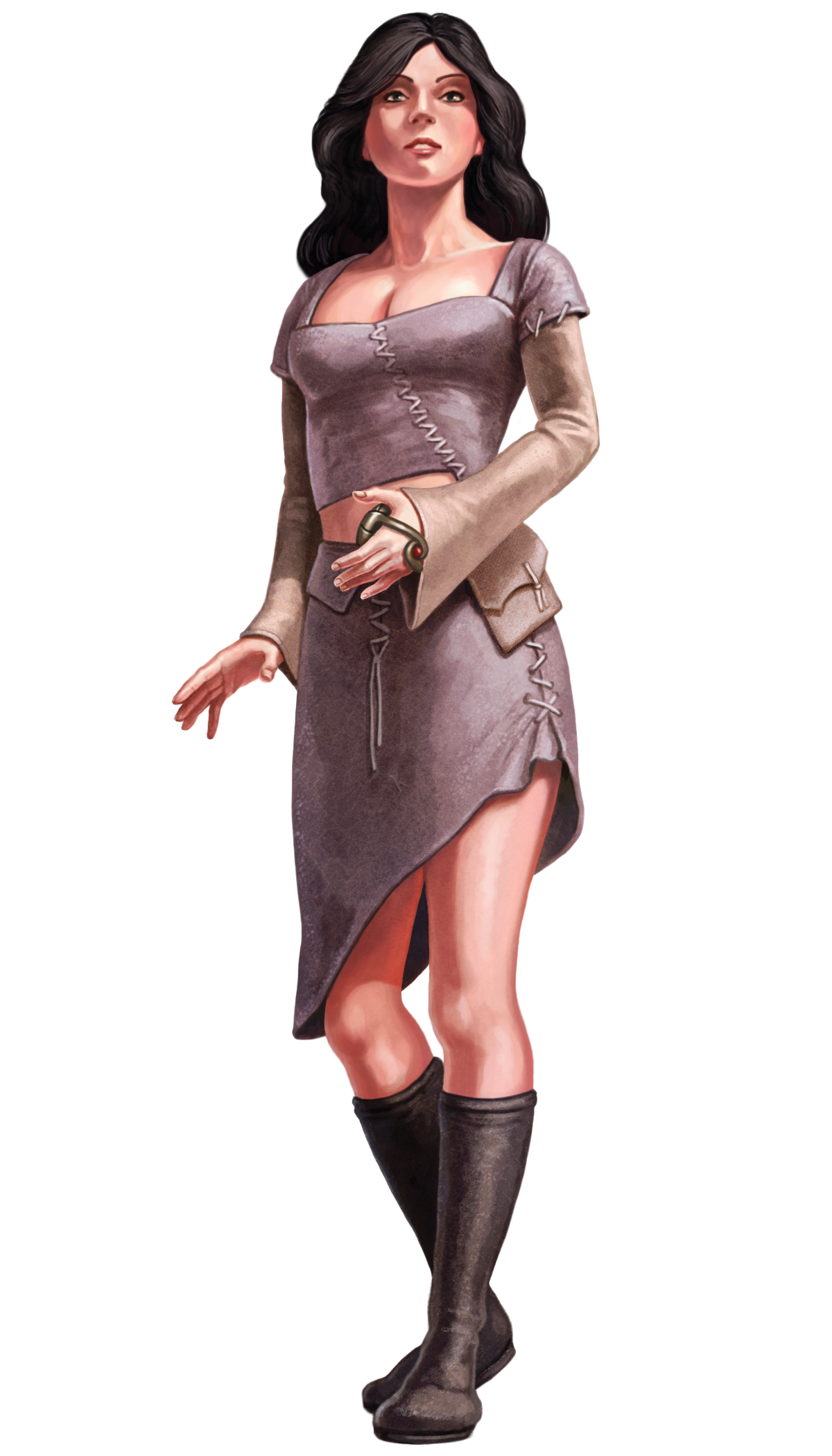
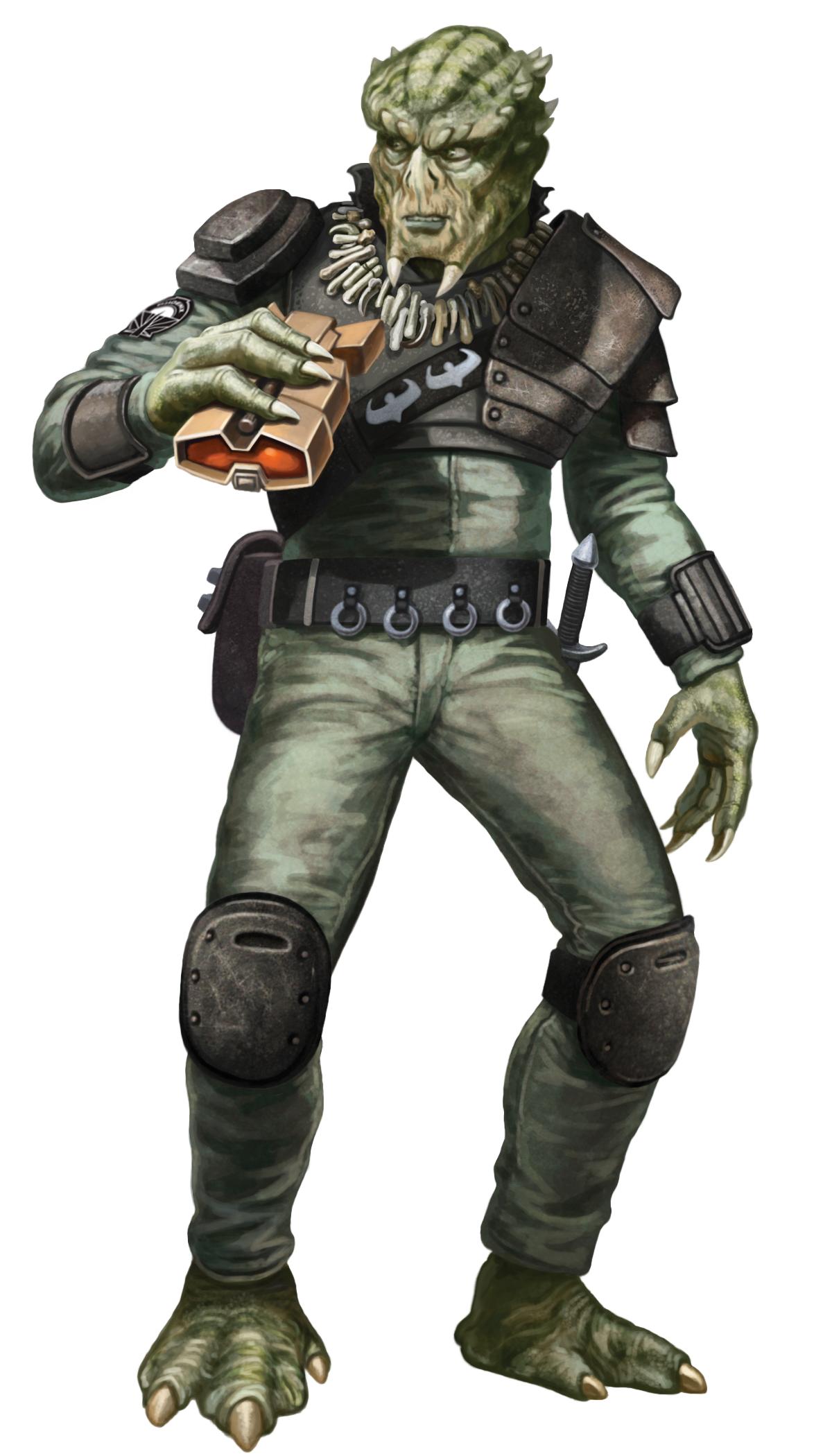
“We wanted to have classes, but we also wanted to have the freedom to basically mimic what happens in the TV show,” says Ellis. “You have Daniel Jackson, he’s just an archaeologist at the beginning, and then by the end, he’s wielding a gun just as well as everybody else. So the idea is that once you reach Sixth Level, it becomes classless. You can use the Mission Points, which are our experience points, to purchase Feats, to basically build a skill tree to build out your character so that you can customize it to be exactly what you want.”
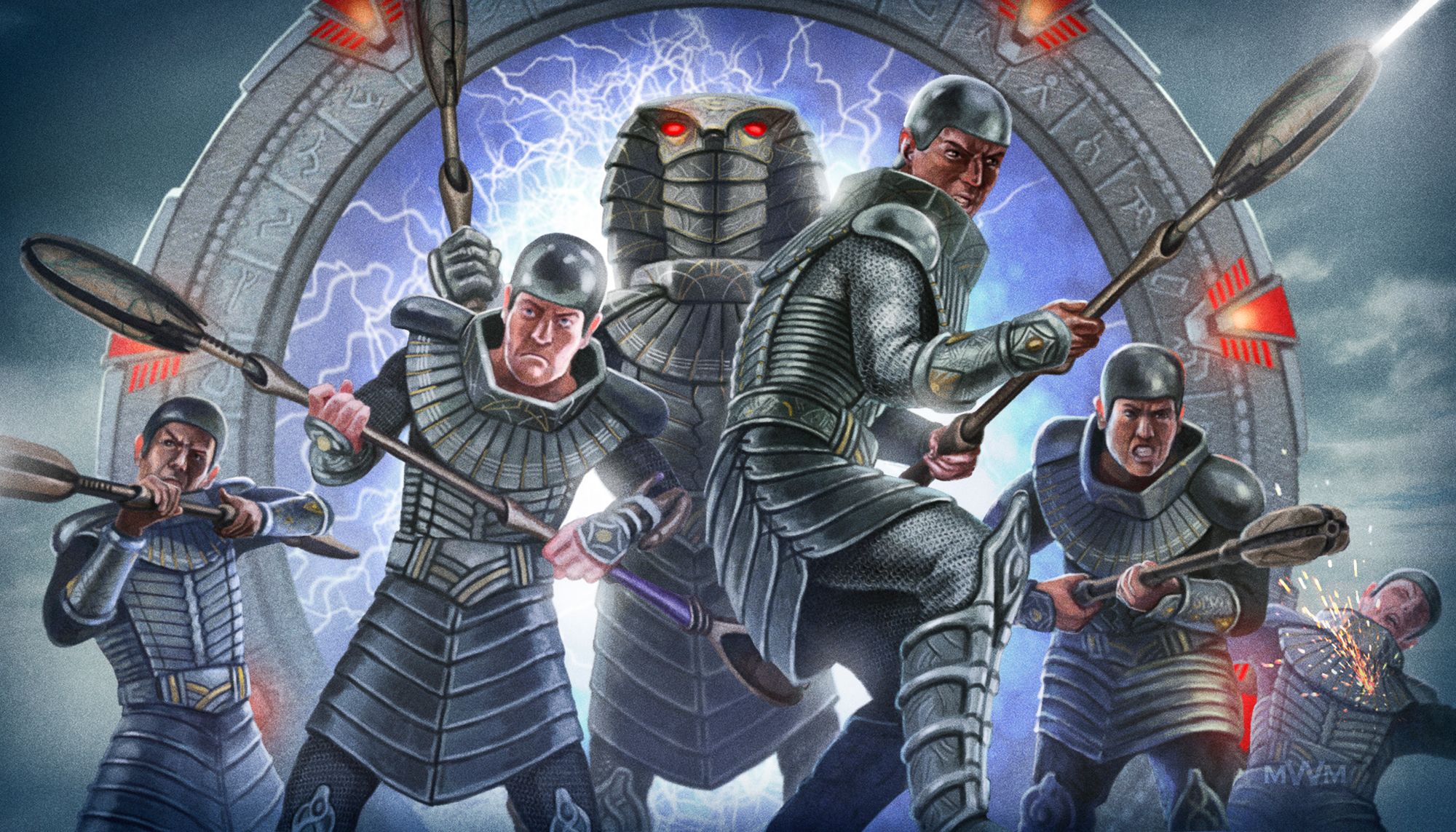
The focus on playable races – like the aforementioned Aturen – is arguably more of a Dungeons & Dragons trope than a Stargate one but that’s where Wyvern has moved gently away from SG-1 to play in the wider toybox of species, from Unas to Tok’ra. Baking this level of variety into the game, couldn’t just be done off-hand – it was a decision that had to be made in line with the series’ existing canon.
“When we were deciding where it was placed in the setting, we wanted it to have enough backstory already set up to have a rich texture to play off of. But we didn’t want to have it so far down the line that all the bad guys are dead.
“We also knew that we wanted to go beyond just being able to play a human. When we decided that’s the two things that we wanted, we started thinking about what was going on in the show at different points of the seasons. Once we came to Season 6, there was the whole storyline where SGC had off-world bases they called Alpha Sites, so if Earth gets attacked, then they can get their leaders out to another planet. But there was one episode in particular, in Season 6 – ‘Allegiance’ [S6, Ep9] – that had the Tok’ra and Free Jaffa show up together. And they had a conflict with an Ashrak who showed up and was causing some havoc. It was at that point that we were doing our rewatch, and we were like, ‘This is perfect’, because, at this point, this Alpha Site has been compromised, so they’re gonna have to establish the new one. And we have these forces that are all trying to come together.
“So the idea of the Phoenix Site came to fruition at that point where we thought it’d be a great idea to have an off-world site that all of these alien races could come together and be trained up in the ways of Stargate Command [and] be able to go on missions similar to Earth’s Stargate Command.”
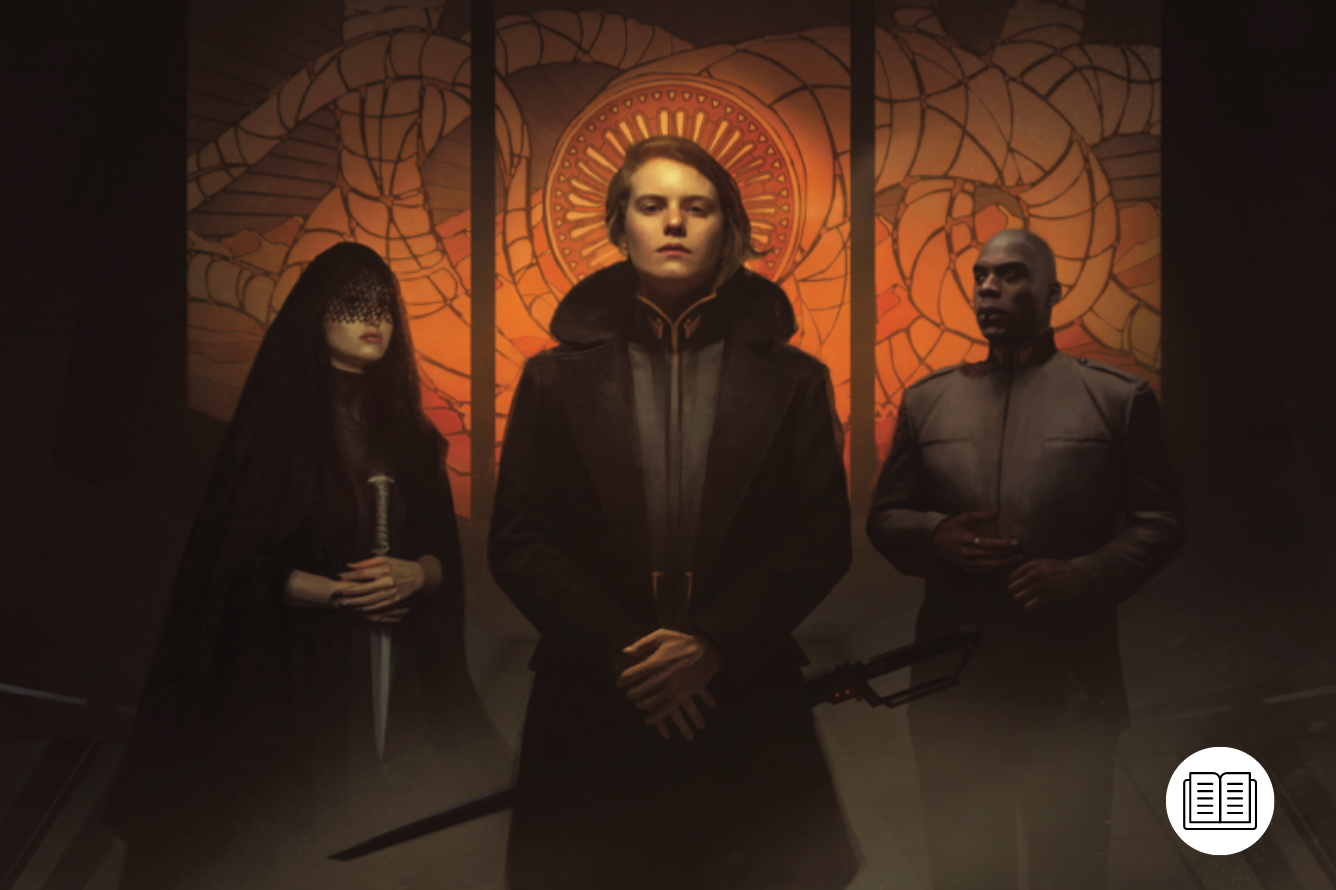
Canon and the Living Campaign
There are a few really smart things about the way the Stargate SG-1 Roleplaying Game is built that speaks to the needs of the Stargate fan and you’ll have to forgive me because this is going to look like a tangent: The most important thing for any ancillary media in the eyes of sci-fi fans is that it matters, that has consequences for the world they love and its rich lore.
For proof of this, look to Marvel’s What If…? series, which could have functioned perfectly well as a throwaway animated anthology. But then if it had been throwaway, it wouldn’t have been such a potent lure. To create a must-watch event with a weekly surge of traffic to Disney+ and aftershocks for days on social media, they built up that sense of consequence with the introduction of the Multiverse to the MCU and fidelity to the movie casting and canon.
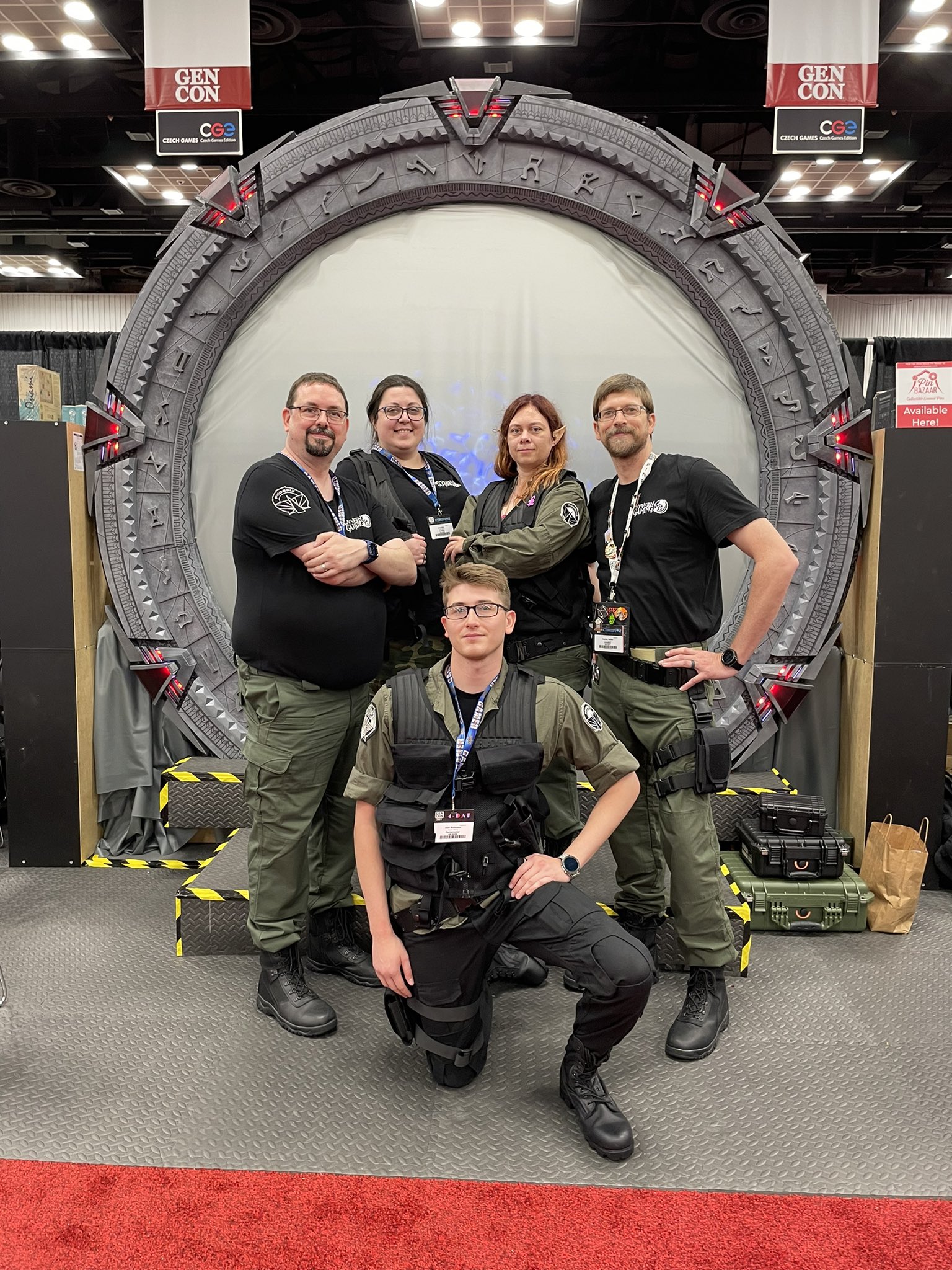
LucasArts and Lucasfilm have always been conscious of this. They’ve made a legion of Star Wars videogames over the years, but when they want something to firebomb the fandom in its totality they go all out to convince you that it matters. The best examples are the massive multi-media Shadows of the Empire event in 1996, and the animated Clone Wars movie and The Force Unleashed videogame in 2008. George Lucas was paraded out to assure everyone this mattered – that it advanced the saga as seen on screen. (That he wasn’t above tweaking the saga as seen on screen should have been a sign that today’s canon can be tomorrow’s Caravan of Courage at the drop of an AT-AT, but I digress.)
The Stargate SG-1 Roleplaying Game is built around the concept of a ‘living campaign’, which is almost as old as the hobby itself. Basically, gaming groups all over the world play through the same sandbox to contribute to the larger narrative, with various mechanics used to stitch the myriad threads together. In the case of the Stargate SG-1 Roleplaying Game, the campaign is presented as a ‘season’ of its own TV show – Phoenix Site, effectively the fourth Stargate series until Amazon gets in on the action – with groups playing through each ‘episode’ in their own way and with their own characters.
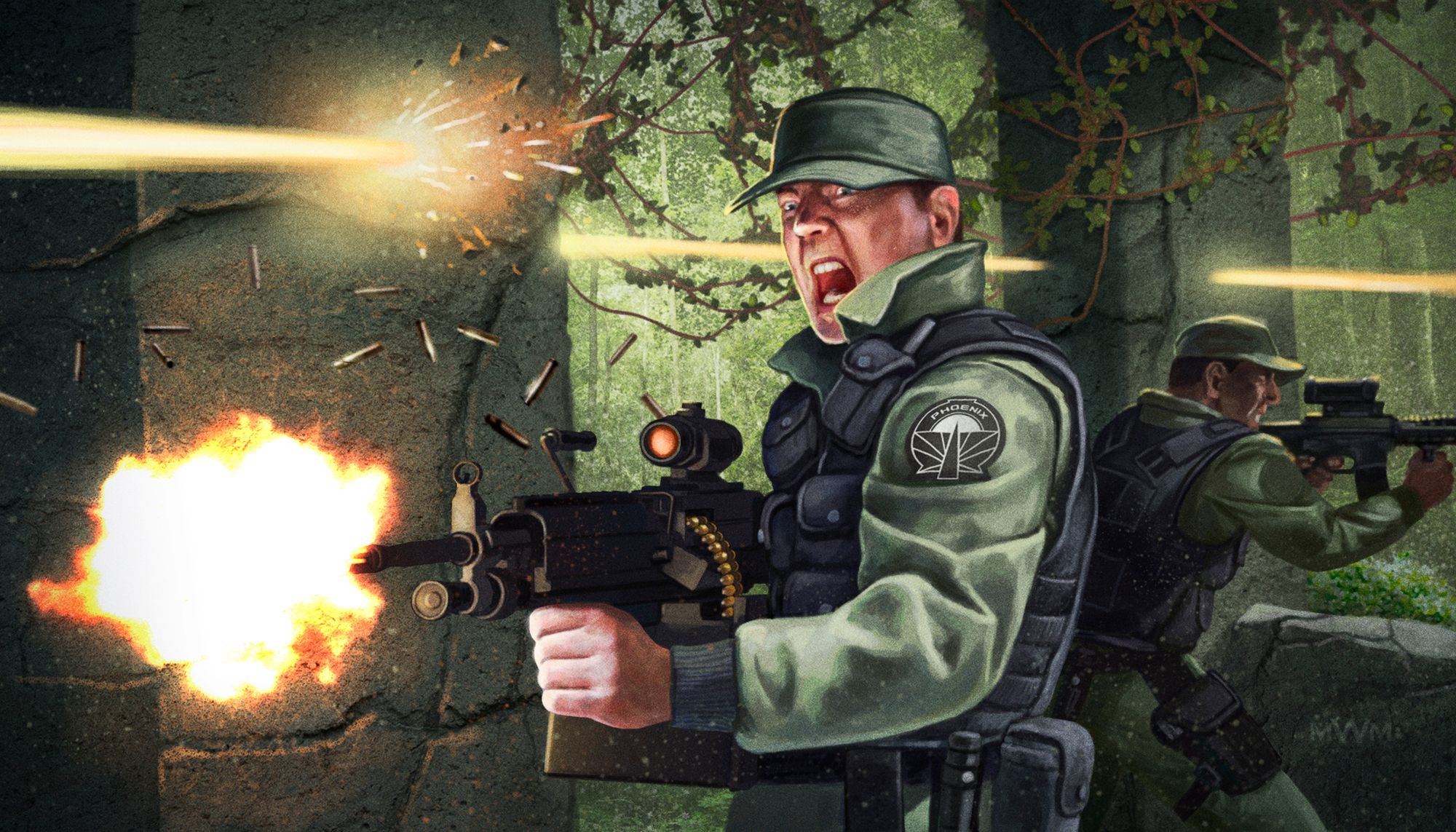
“We’ve seen people who are purely Stargate fans, who’ve never played role-playing games before, want to play this because of exactly that,” confirms Brad. “They want to be part of the lore of Stargate. And they get excited about that. You’re right, that that is something that really kind of gets the juices flowing when you feel like what you’re doing matters.
“That was one of our go-in, must-haves when we were working with the deal with MGM, that it needed to matter. It needed to be part of the world of Stargate. For that very reason, people feel like what they’re doing matters. If you don’t have that, you might as well create ‘Portal Wars’ or something else.”
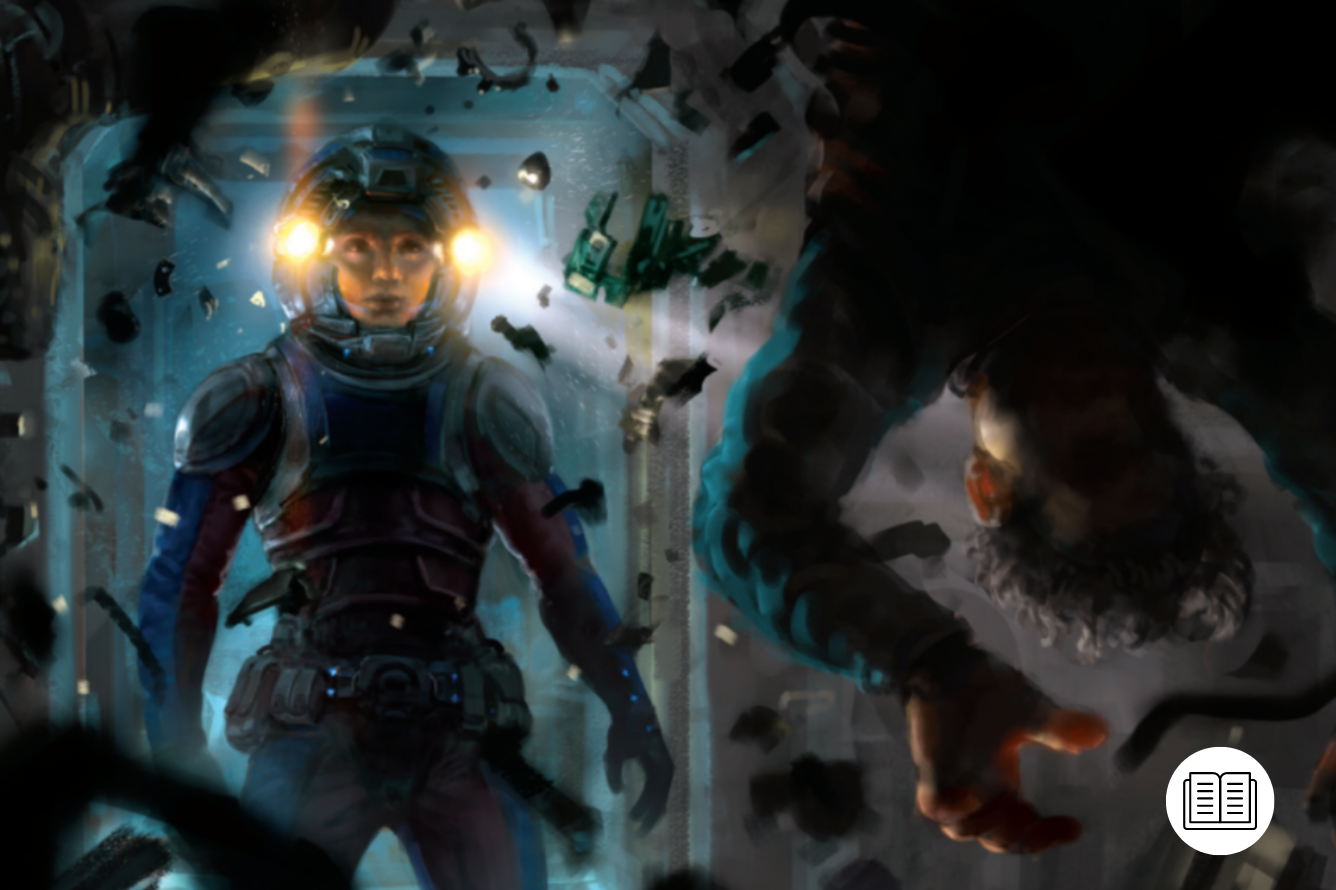
The Shared Experience of Fandom
Four episodes (plus side missions) from Phoenix Site’s first season have been released to date, transforming the chat between Gaters from “Can you believe what Jack did last episode!?” to “Can you believe what I did last episode!?” Of course, there’s no reason why players can’t create their own settings and tell their own stories, but Wyvern has been canny in embracing the capacity for something like this to scratch the fandom’s itch for a shared experience.
“One of the things that we got really excited about when we developed it was the structure of the episodes that we have. There’s a whole chapter in the core rulebook for the Gate Master where we give background on how to create an episodic adventure and we give advice on how to create seasons of episodes, so that what you’re doing feels like you’re playing in a TV show. And it’s for that reason – the thing we love is watching the show.
“Once the episode is over, we record the results of what happened as part of your particular session game session. The Gate Master has a way to report the findings on our website, we call them after-action reports. And at the end of a period of time, we’re going to compile all the results of all the different tables, and whatever the majority [outcome was] is going to influence the rest of the episodes as the seasons go.”
That sounds like a nightmare.
“Yes, yes, it does,” Brad laughs. The solution is to plan for every eventuality.
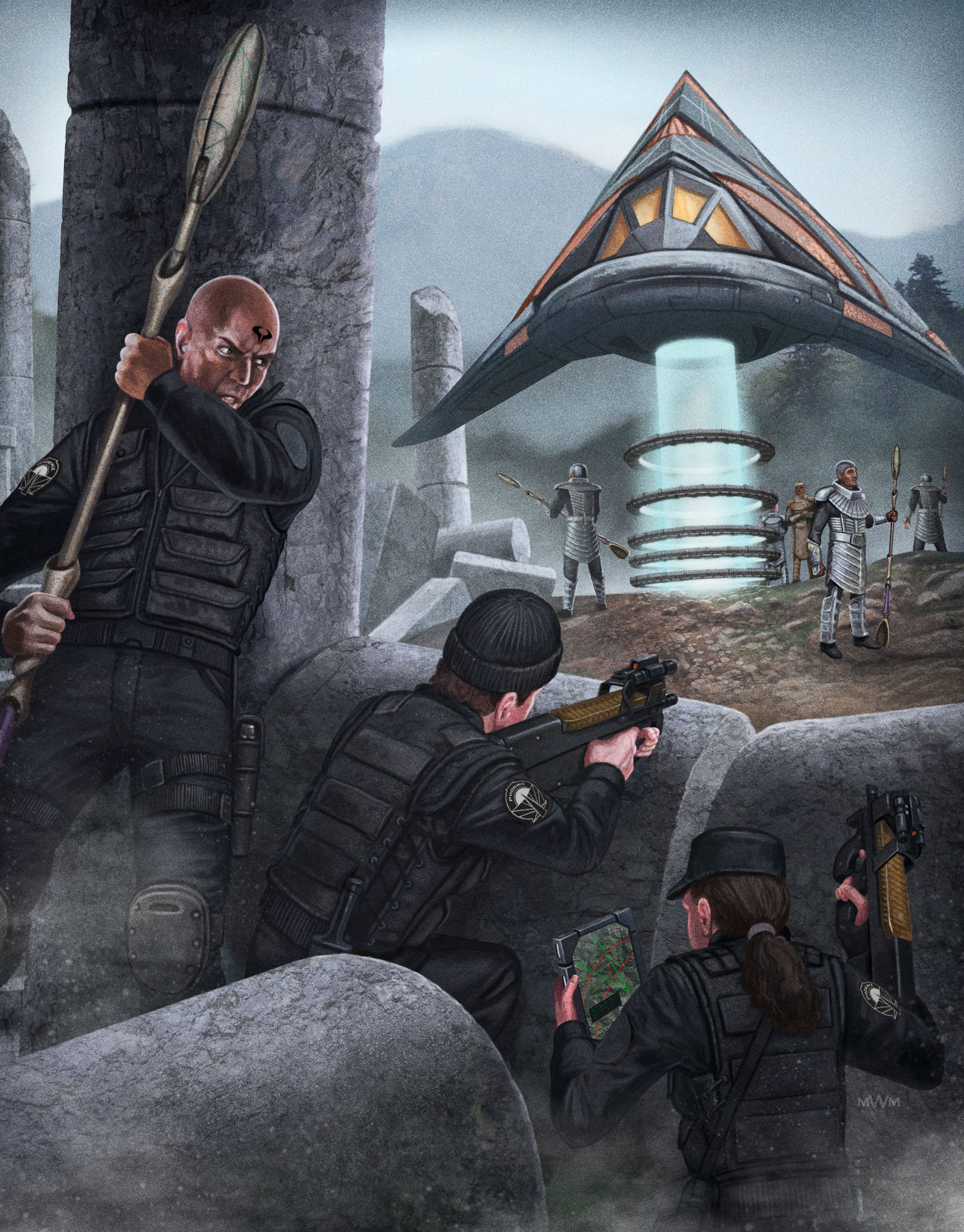
“You have choices, either this will happen or this will happen. Okay, we got to write the outline for both of those: from this, either this or this. So then you got to write the branches, sometimes they may come back together, sometimes they may not. So it just really depends, but it does make interesting writers’ room discussions to try to figure out all the what-ifs.
“And I’ll be honest, because we know generally what the storyline could be if certain things happen, in some cases, we really want the players to fail. They gonna try their hardest not to, and it’s gonna be a bummer, but in Stargate you get captured. Just sayin’, you wanna defeat the bad guys, you gotta get captured.”
To build a nightmare atop a nightmare, as well as having a timeline for the first season of Phoenix Site and all the branches on its labyrinthine decision tree to keep an eye on, there’s also the chronology of Stargate SG-1 as it was broadcast.
“We actually put dates and [SG-1] episode references in each of the [RPG] episodes that we publish. so that you know where you are in the timeline. So you know, at this point Prometheus has happened because you’ll get little snippets from during your briefings [at the start of each mission].”
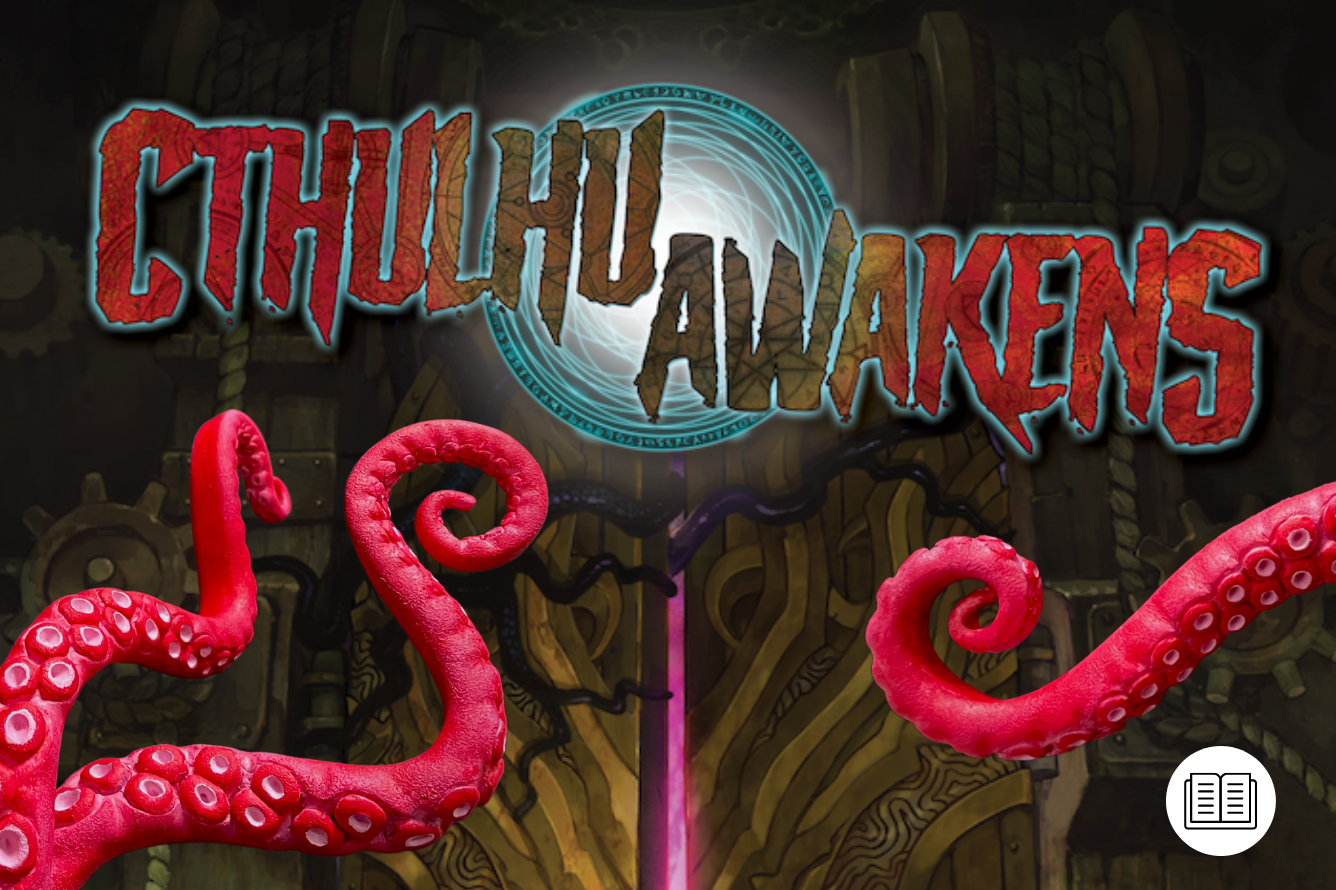
The Physical Release
For Gaters, the success of the Stargate SG-1 Roleplaying Game will inevitably open up more of the storytelling they’ve been starved of since the series was shuttered. There’s a case to be made that even if you’re not a regular roleplayer, as a quality product that builds on and celebrates the world you love, the core rulebook deserves a place alongside the rest of your collection.
As the challenges of Covid and MGM’s acquisition began to settle into a manageable abnormal, PDFs of the core rulebook were released in August this year and the Wyvern Gaming team was able to emerge blinking from lockdown to show off their game at Gen Con 2021 in Indianapolis. Slowly, but surely, they’ll be making their way to your friendly neighborhood games store too.
Well, with a little help from you, they will.
“Once the book gets onto shelves,” Brad concludes, “we hope that it sells really well. Assuming that it does, then, obviously, yes, we will want to do more. Basically, the book will take you through to the end of [SG-1] Season 6. So the next season is Season 7, and at the end of Season 7, you start to get into Atlantis timeline, right? So there’s a whole ‘nother world of things that can happen in source material out there.
“So if you’re someone who likes to get their physical books at your local game store, it really helps us if you go in and ask them: ‘Hey, I heard Stargate’s coming out, can you make sure that you have it on the shelves?’ Because what they’ll do is they’ll look it up and they’ll order a case of it.”
This article was first published on September 26th, 2021, on the original Companion website.
The cost of your membership has allowed us to mentor new writers and allowed us to reflect the diversity of voices within fandom. None of this is possible without you. Thank you. 🙂


